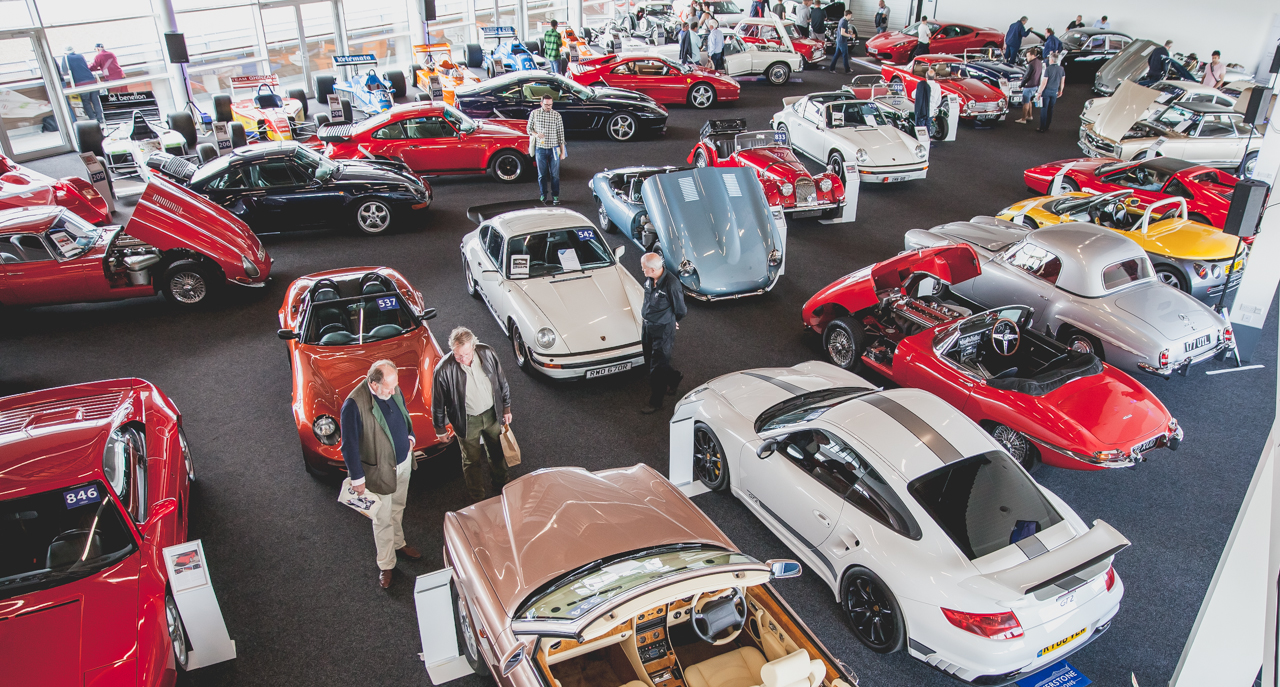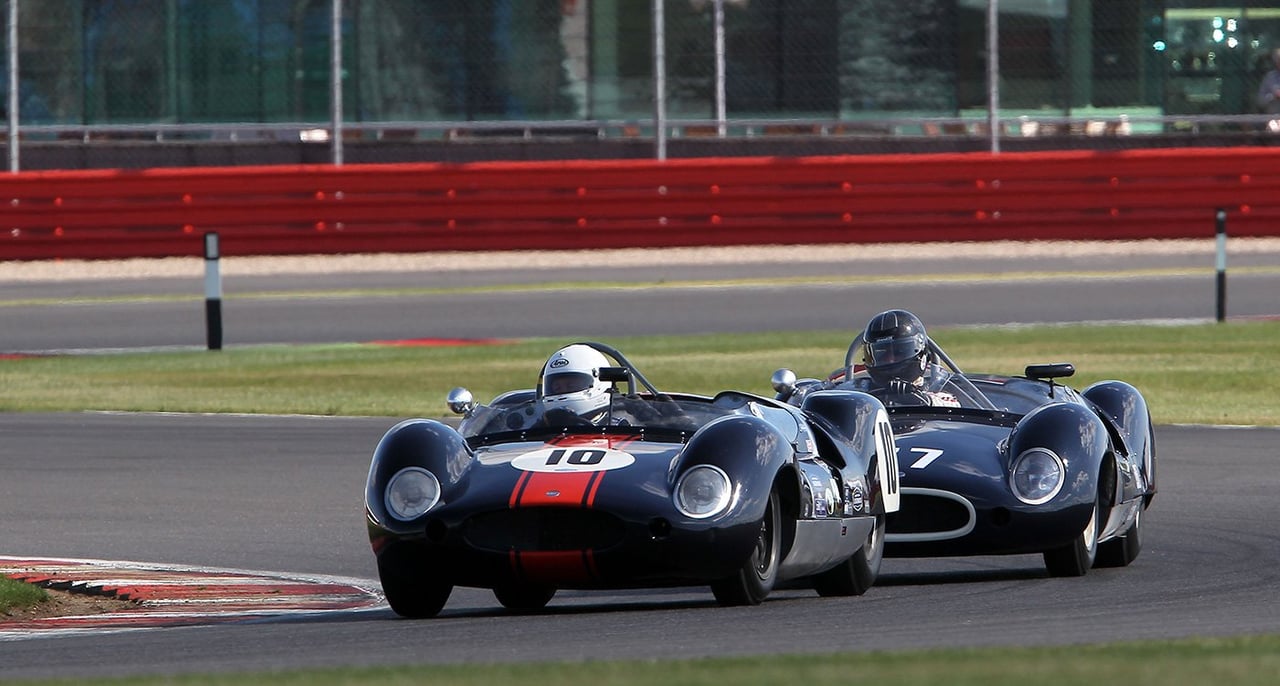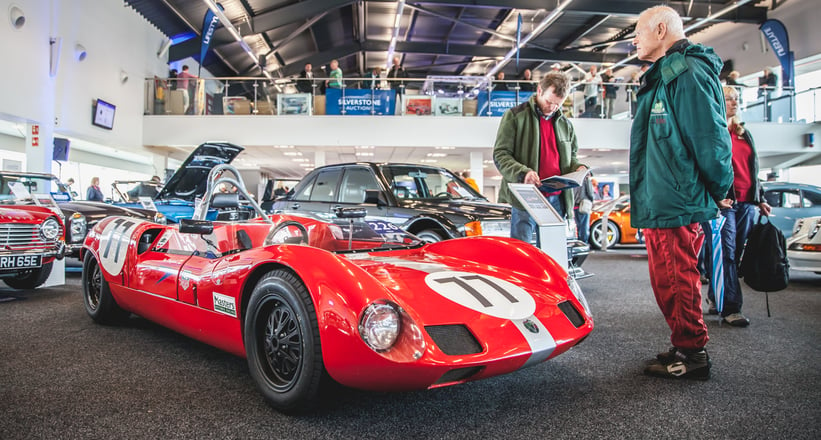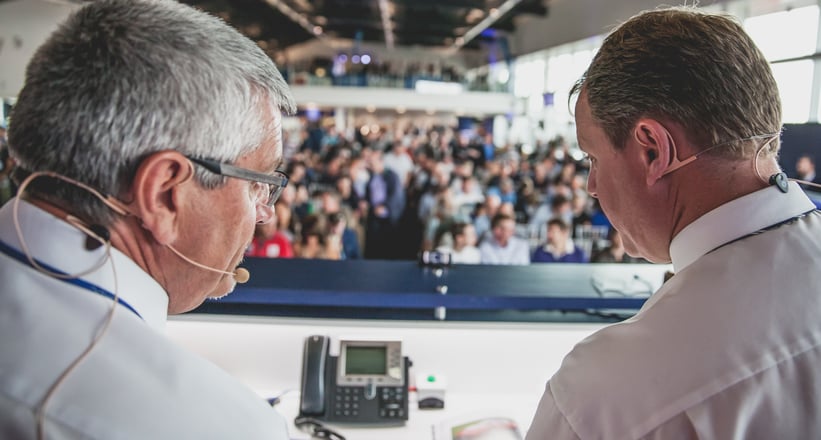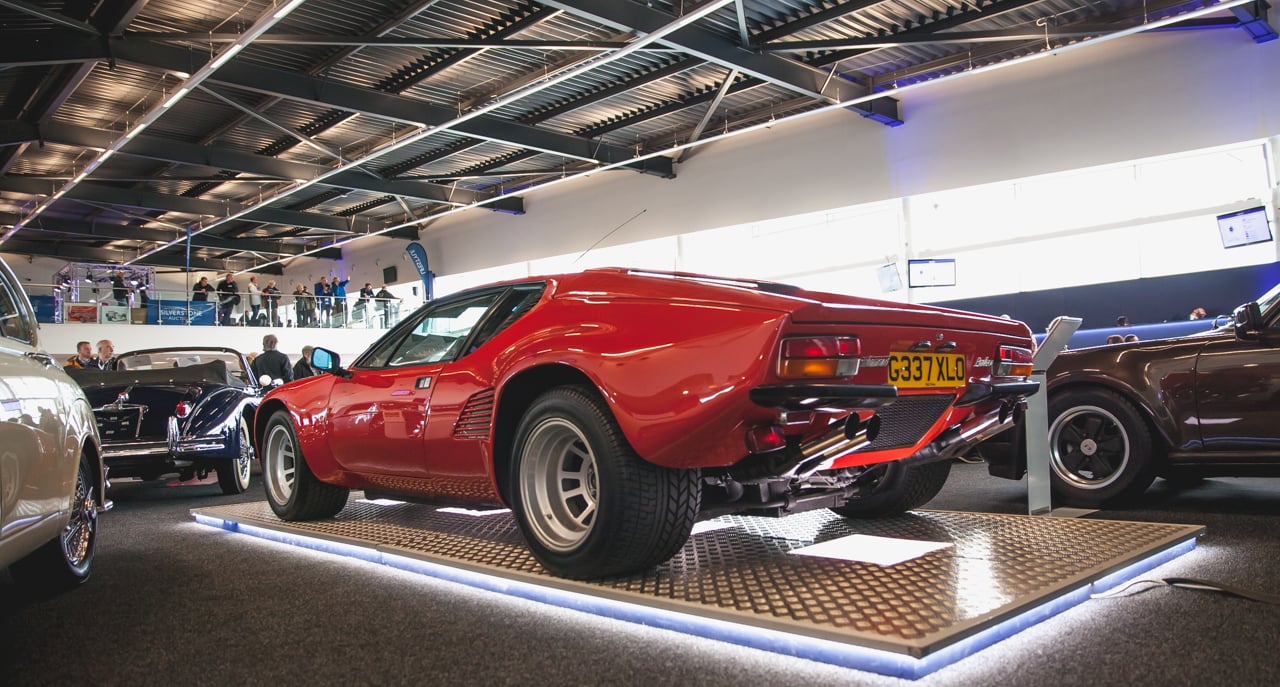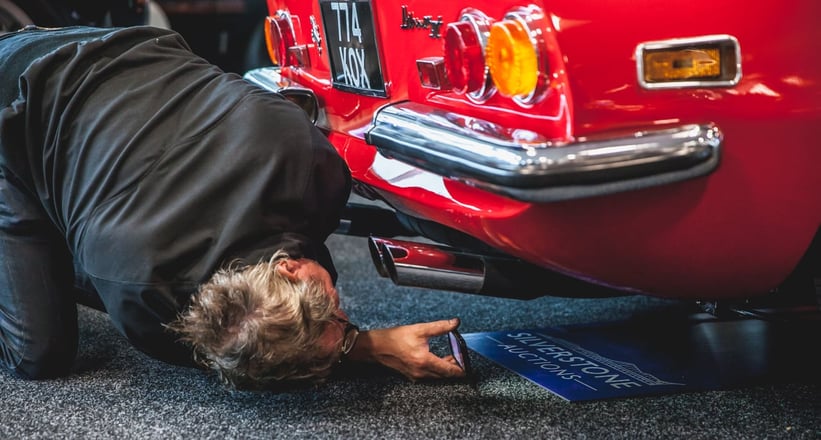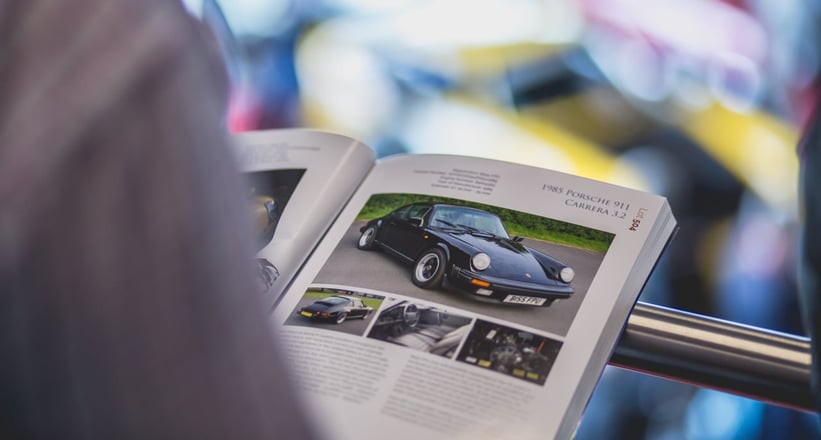Déjà premier le matin, Lorenzo a terminé la première journée du Grand Prix Red Bull d’Indianapolis juste devant Márquez.
Jorge Lorenzo (Movistar Yamaha MotoGP) a conservé la première position sur le classement des essais libres vendredi après-midi à Indianapolis, où il a devancé Marc Márquez (Repsol Honda) de quelques millièmes de seconde à chacune des deux séances de la journée.
Le Majorquin, qui avait fini deuxième derrière Márquez à Indianapolis l’an dernier, a signé le meilleur chrono de la journée l’après-midi, en 1’32.860, et a été trois millièmes de seconde plus rapide que Márquez, qui demeure invaincu aux Etats-Unis depuis son arrivée en MotoGP™ et pourrait enfin avoir trouvé un adversaire à sa hauteur en territoire américain.

Andrea Dovizioso (Ducati) et son coéquipier Andrea Iannone ont respectivement pris les troisième et quatrième positions, à trois dixièmes des deux leaders et juste devant Cal Crutchlow (CWM LCR Honda).
Confirmé chez Monster Yamaha Tech3 pour 2016 en début de journée, Pol Espargaró a lourdement chuté en highside dans le virage 13 et est resté à terre quelques instants avant de finalement se relever. L’Espagnol concluait la journée en sixième position, à une demi-seconde du temps de référence, devant Dani Pedrosa (Repsol Honda), Scott Redding (EG 0,0 Marc VDS) et son coéquipier Bradley Smith (Monster Yamaha Tech3), avec qui il avait remporté les 8 Heures de Suzuka durant la trêve estivale.
Dixième à 0.672s de Lorenzo, Valentino Rossi (Movistar Yamaha MotoGP) commence son week-end bien loin de ses objectifs mais continuera à travailler samedi afin de se montrer plus compétitif et de s’assurer les moyens de défendre sa position de leader du classement général ainsi que ses treize points d’avance sur Lorenzo.
Premier pilote Open, Héctor Barberá (Avintia Blusens) a terminé en quatorzième position, devant Aleix Espargaró (Team Suzuki Ecstar), Nicky Hayden (Aspar MotoGP Team) et Mike Di Meglio (Avintia Blusens), qui avait signé le neuvième temps le matin.
Stefan Bradl a conclu sa toute première journée avec l’Aprilia Racing Team Gresini en vingtième position, en ayant été 0.4s plus rapide que son nouveau coéquipier Álvaro Bautista.

Toni Elías, exceptionnellement de retour en tant que remplaçant de Karel Abraham chez AB Motoracing), s’est classé dernier et poursuivra son travail de réadaptation au MotoGP™ samedi à 9h55, heure locale (soit 15h55 en France métropolitaine), lors de la troisième séance d’essais.
Cliquez ici pour accéder aux résultats.
Jorge Lorenzo came out on top on the first day of practice at the Indianapolis GP after a frenetic battle with Marc Marquez.
The MotoGP™ World Championship returned from its summer break to provide copious amounts of entertainment on the first day of practice at the Red Bull Indianapolis Grand Prix. It was Jorge Lorenzo who took advantage of the blue skies and almost ideal conditions (47ºC Track Temp) to top both Free Practice sessions ahead of Repsol Honda’s Marc Marquez. FP2 saw grip levels improved from the morning session as riders bedded in the track, and Lorenzo left it until his very last lap to set a 1’32.860.
Marquez was just three thousandths of a second further back in second overall and was the only other rider to break the 1’33 barrier, as he looks to make it 3 MotoGP™ wins in a row at the Indianapolis Motor Speedway. Ducati Team’s Andrea Dovizioso (+0.295s) completed the provisional front row ahead of his teammate Andrea Iannone (0.306s) in fourth, as they both seemed to benefit from a private test at Misano during the summer break.

CWM LCR Honda’s Cal Crutchlow (+0.326s) improved by over a second throughout the day to finish as the leading Satellite rider in fifth, ahead of Pol Espargaro (+502s) on the Monster Yamaha Tech 3 M1 who suffered a nasty looking highside at the end of FP2 at turn 13.
Dani Pedrosa (+0.517s) on the second Repsol Honda ended the day in seventh, while Scott Redding (+0.583s) continued to show signs of improvement on the EG 0,0 Marc VDS Honda to finish in eighth. Bradley Smith (Monster Yamaha Tech 3) set a time good enough for ninth overall, while the current Championship leader Valentino Rossi (Movistar Yamaha) found himself down in tenth on the combined timesheets, 0.672s behind his teammate Lorenzo.

Avintia Racing’s Hector Barbera was the leading Open class rider in 14th, ahead of the Factory Team Suzuki Ecstar GSX-RR of Aleix Espargaro in 15th, and local hero Nicky Hayden on the Aspar MotoGP Team Honda.

Hayden’s teammate Eugene Laverty managed to end the day in 19th, with Stefan Bradl making his debut on the Factory Aprilia Racing Team Gresini RS-GP in 20th, 0.131s ahead of his teammate Alvaro Bautista. Tony Elias, who is filling in for the injured Karel Abraham in the AB Motoracing team, finished the day in 23rd.
Check out the combined MotoGP™ Free Practice results, FP3 is due to start at 9:55am local time in Indianapolis on Saturday.


